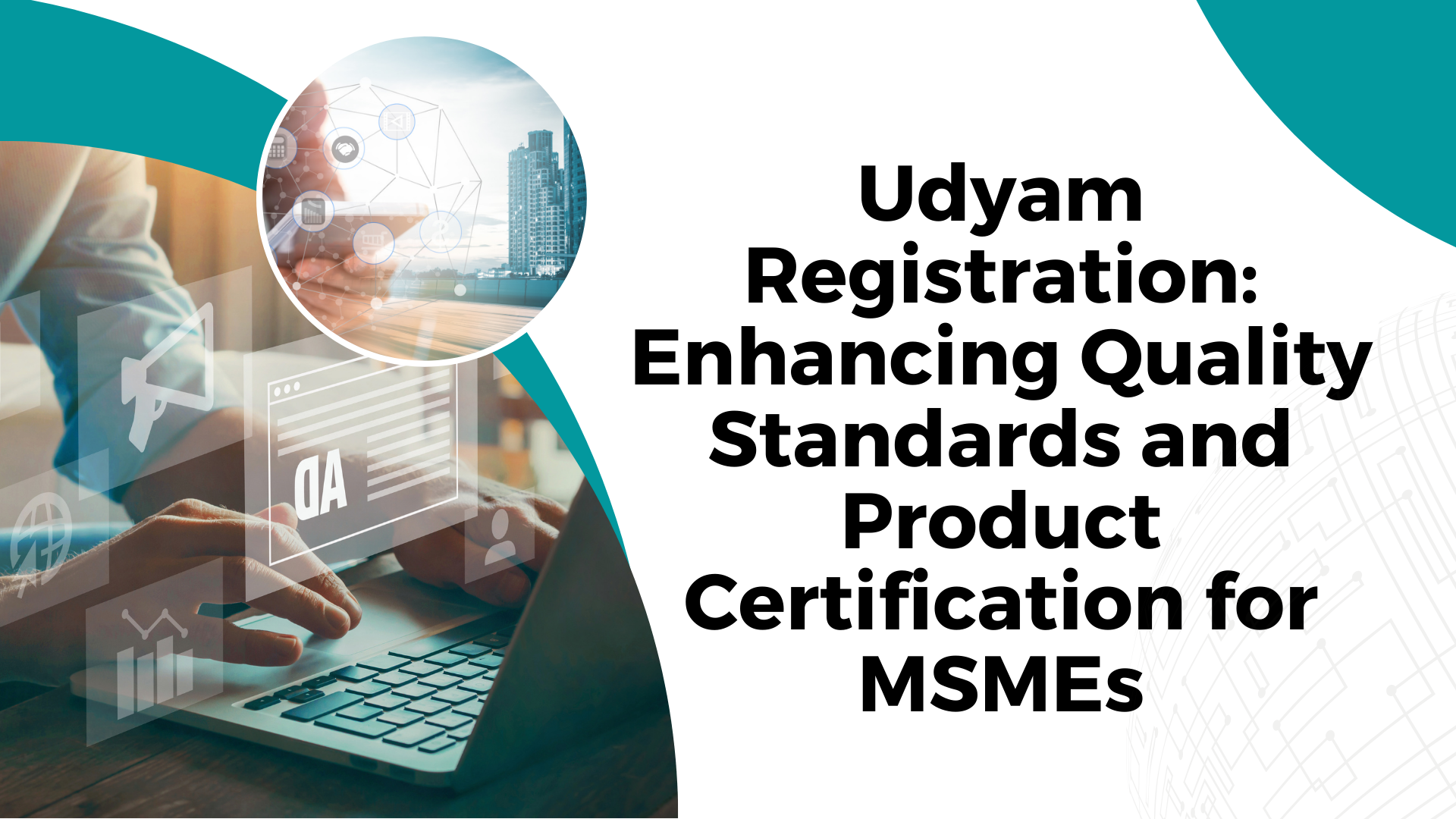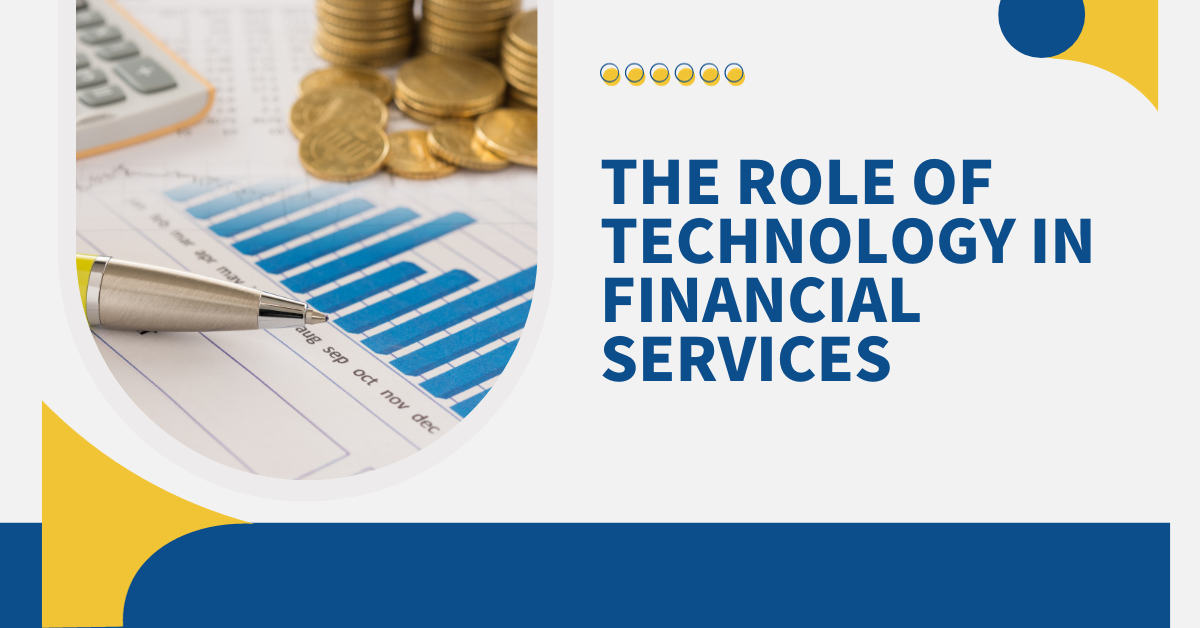Income and Retirement Planning Made Simple with CaMu Financial Inc. Winning Strategies

When it comes to planning for your retirement, the choices and decisions you make can significantly impact your future financial security. CaMu Living Trust, led by experts like Rafeek Mikhail and Mary Mikhail, is here to simplify the process and provide you with a clear roadmap for a comfortable retirement.
Step #1: Estimating Your Retirement Income Needs
The first step in retirement planning is to estimate how much income you’ll need during your retirement years. Transitioning from your working years to retirement means adjusting to a different pattern of income and expenses. CaMu living trust and Financial advises breaking down your potential future spending into two categories:
- Essential Expenditure: These are the expenses necessary to cover your basic living needs, such as housing costs, utility bills, groceries, and day-to-day travel.
- Non-essential or ‘Discretionary’ Income: This category includes expenses for leisure activities like dining out and vacations.
By creating a budget that considers these essential and non-essential expenses, you’ll gain a clear understanding of the income you’ll require to maintain your desired lifestyle during retirement.
Step #2: Assessing Your Retirement Income
It’s essential to assess your potential retirement income sources at least two years before retirement. Rafeek Mikhail at CaMu Financial advises taking the following steps:
- Request a State Pension statement to estimate your future State Pension based on your National Insurance contributions.
- Determine how much you might receive from any defined benefit pension you may have. You can do this by asking your pension provider for a retirement quote.
- Keep track of the funds in your defined contribution pension pot, which usually provides you with annual statements.
- Consider your savings and investments outside of pensions, which can supplement your retirement income.
- Check for any lost or forgotten pensions using the government’s free tracing service.
Step #3: Evaluating Your Income Options
Depending on the types of pensions you hold, you’ll need to decide how to access your money:
- For defined benefit pensions, your scheme will often pay a guaranteed income starting at your scheme’s normal retirement age. This age is usually around 60 or 65 and may include a lump-sum payment.
Step #4: Creating Your Retirement Plan
Now that you have assessed your retirement income and when it might become available, you can create a retirement plan. Consider the following:
- Your preferred retirement age: Decide if you want to retire at a specific age or gradually reduce your working hours.
- Check your eligibility: While the standard age for accessing your pension is usually around 55, you might qualify earlier if you have health concerns.
- Evaluate flexibility: Defined contribution pensions often offer flexibility in when you can begin taking money, but some restrictions may apply. Ensure you’re aware of any charges or penalties if you delay withdrawals.
- For defined benefit pensions, consider the normal retirement age set by your scheme. Some flexibility might be possible, but taking income earlier might result in reduced payments.
Step #5: Seek Expert Advice and Make Informed Choices
You must finalize your retirement choices with the help of experts. Many organizations offer free and impartial services backed by the government to understand your pension options. On the other hand, consider consulting with a financial advisor to make well-informed decisions about your pension pot and investment choices.
Planning for retirement may seem complex, but with CaMu Financial and Document Services guidance and support, you can simplify the process, ensuring a secure and comfortable retirement that aligns with your financial goals.



